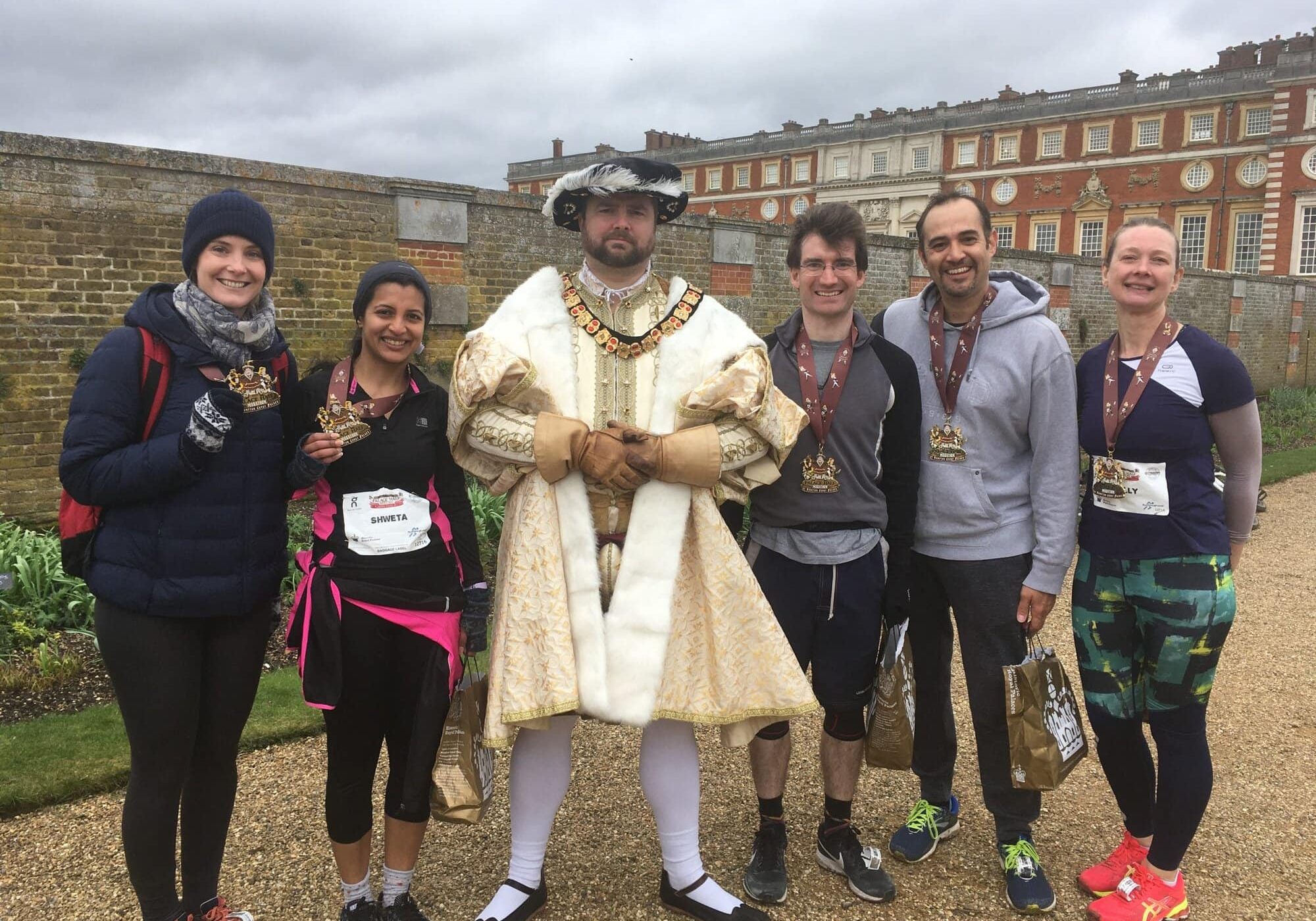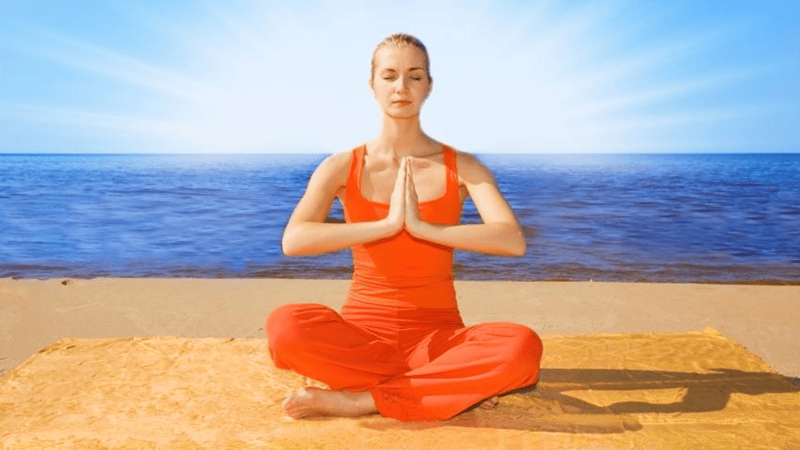
How Mantra Meditation Helped My Running
"As someone who endeavours to compete in a few half marathons a year, training is essential to ensure my body is in peak form for race day, however it can often feel like a chore, just something I ought to do."
Reading time: 4 minutes
My fellow runners often say they train to clear their minds, to let off steam after a hard day in the office or calm their anxious nerves. A few of them also grapple with similar issues such as myself; a constant negative mental dialogue while running. The mind rebels, “this is boring”, “it’s too cold” or “I’ll sit this one out.” As a meditator, I can’t help but notice the parallels in the excuses that the mind churns out when it is unwilling to focus on a task. Be that on the yoga mat or while lacing up one’s trainers.
I have read a myriad of articles that discuss mindful running. This entails being fully aware of every step, thought and feeling while running. In fact, a growing number of well-being practitioners are championing this technique of running mindfully to keep runners motivated. However, every time I tried any of these suggestions, I would feel overwhelmed by a continuous stream of mental chatter, urging me to quit. My mind would bitterly complain. On some particularly grey days, it would quip “it was too difficult”, on other occasions it would moan “this was pure torture” and even try to convince me to “cut this one short.” At the end of my tether, I finally decided to experiment with mantra meditation to make those long runs more manageable.
Mantra meditation is perhaps one of the most widespread and universal meditative practices. It is common to various religions such as Christianity, Islam, Hinduism, Buddhism, Zoroastrianism and Judaism. Mantras represent sound syllables which may or may not have a literal meaning, thus an intellectual understanding of the mantras is not necessary to incorporate them into one’s meditative practice. Their power lies in the vibrations they generate in the body and mind when recited, gradually making the mind peaceful and concentrated. In Hinduism and Buddhism, specific mantras are recited for health and well being, for spiritual awakening and cultivation of mental peace. Often there are religious guidelines as to the minimum number of times a mantra should be recited and hence the use of a rosary, tasbih or a mala to support this practice. When a practitioner receives a mantra from a teacher or a guru, this is considered to be a personal mantra. Up to the point of initiation, one can practice any general mantra. General mantras are AUM/ Amen/ Amin, So-Hum (sound of breath), Buddho (awakened). These can be chanted by anyone without being initiated by a teacher.
Come the weekend, I start running on my usual route, the Thames Path, South of the river. As my black trainers started softly thudding the ground, I begin to mentally integrate my universal mantra with my breath. Mantra meditation is no different to other meditative techniques; a practitioner should be continually aware of the meditation object (mantra in this case), as well as other mental processes occurring simultaneously. Simply put, your awareness in a sense must be split, between the thoughts that arise in the mind as well as the mantra that you are chanting. The mind will continue to wander, but the mantra should serve as a permanent background to all thoughts and actions.
With the wind in my hair, I mentally recite the mantra. I witness the usual scenes that greet me on my weekend run; the urban sprawl, fellow runners, dog walkers and beady eyed tourists. As I continue to run past them, I begin to notice that my usual mental chatter has surprisingly abated. The mind is peaceful and calm, like a clear moon-lit night. Occasionally, it rebels, but its tantrums are somewhat weak and insignificant, like a few wispy clouds in the night sky. It is mercifully no longer akin to rush hour traffic on the M25! I resolve to run a few extra miles, something long overdue in my training program. I observe that my body is quite comfortable running the additional distance. Although it feels tired, there is none of that accompanying torrent of negativity from my mind, the inner tyrant kicking up a fuss and urging me to quit. I finally complete my run, with a smile on my face. My mind feels calm and peaceful.
I have since incorporated mantra meditation as a part of my daily practice. When practiced with awareness, a mantra can help meditators reign in vikshepa; the wandering tendency of the mind. This is often a serious hurdle for many meditators, especially when the practice is in it’s infancy. Mantra chanting is often hailed as the lynchpin of Tantra yoga, as it has the ability to influence the totality of human consciousness. It works by allowing the mind to become sufficiently occupied, so that serenity can ensue. Mantra meditation is one of the simplest and safest practices, which can be practiced at any time or under any circumstances. Like most meditations, however, it’s tremendous power in overhauling consciousness can only be experienced through sincere and diligent practice.
So what are you waiting for? Next time you are struggling with your run or even your gym routine, give mantra meditation a go!





